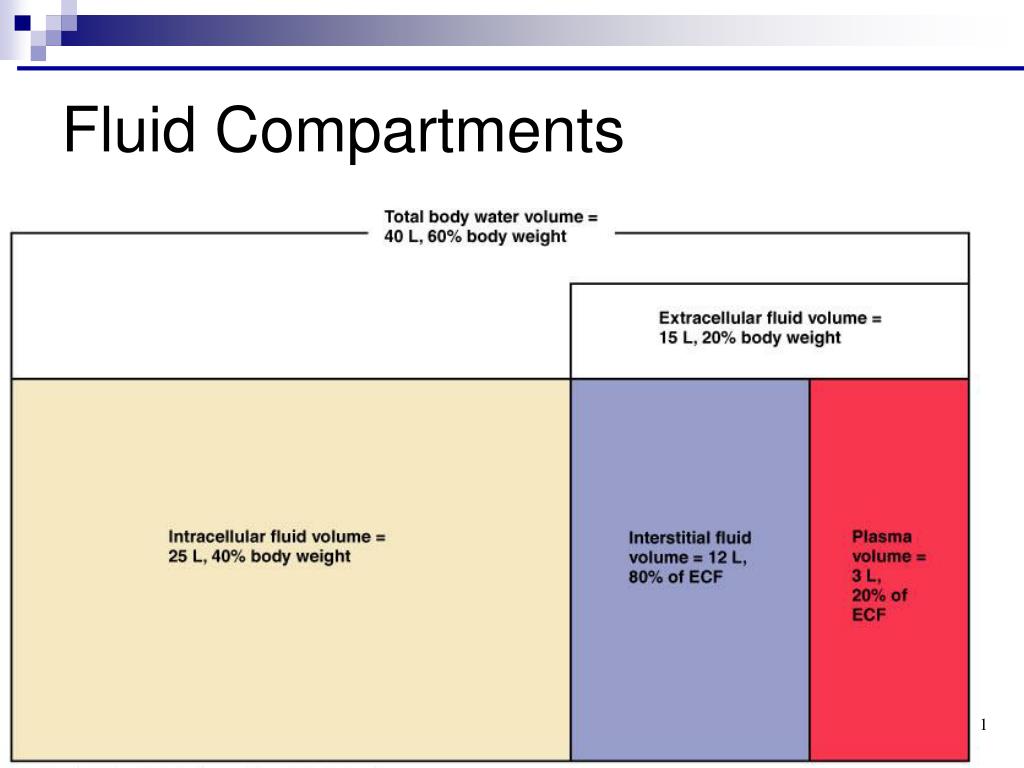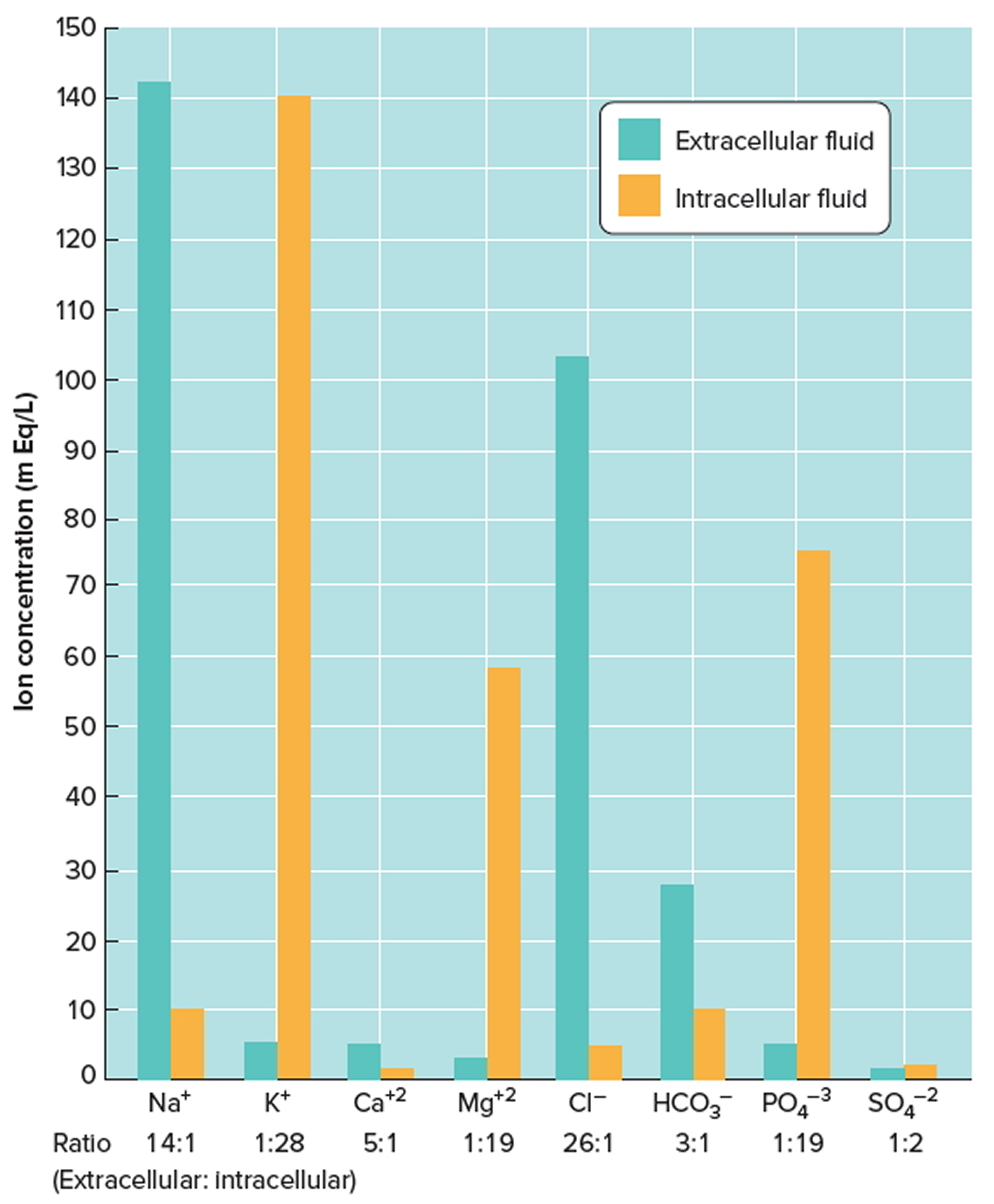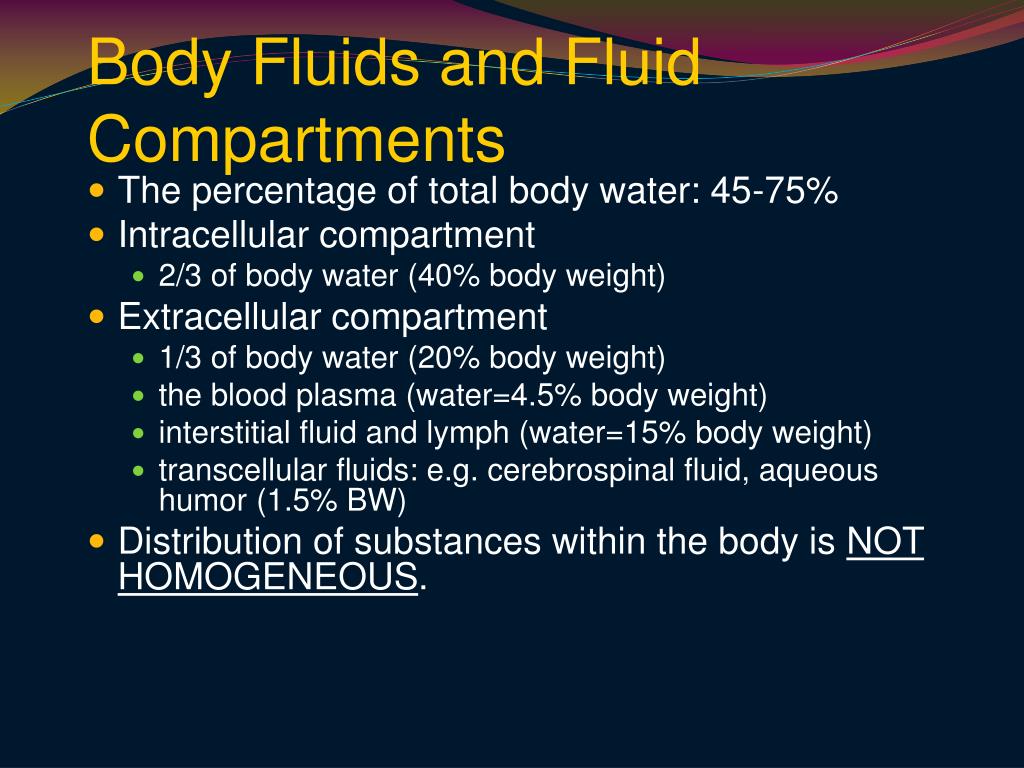


Each group was further subdivided into 3 subgroups: control, MgO-zein nanowires low dose, MgO-zein nanowires high dose.

Wistar rats were divided into 2 main groups, males and females (n = 18). Materials and Methods: A 21-day recurrent dose toxicity research was carried out. Objective: This in vivo study aimed to explore the hepato- and nephrotoxicity of low versus high doses of zein-coated MgO nanowires in rats. However, there is a deficiency of information concerning their toxicological profile regarding the human health. Introduction: Recently, zein-coated MgO nanowires were synthesized, which could be promising as an effective antimicrobial compounds that can be combined in the preparation of a diversity of new dental formulations. In our study, we speculated that the understanding of the effects of Zn and osmolality with the relationship between ECM and cancer cell might lead to the discovery of biophysical approaches as a novel therapeutic strategy. The regulation of ECM osmolality is a promising method due to biophysical effects on cancer cells. It was observed that there was a decrease in the levels of Cr, Fe, and Mg with Zn application and incubation period in ECM. According to the result of the analysis, a statistically significant difference was found when osmolality and element values of ECM of 24hECM and 48hECM groups were compared with the values of the 48hECM + Zn group. ECM osmolality was measured by using osmometer, and the levels of chromium (Cr), iron (Fe), and magnesium (Mg) elements were analyzed using ICP-OES device for all groups.

Our study consisted of four groups: cell-free medium, ECM of cancer cell after 24 h incubation (24hECM), ECM of cancer cell after 48 h incubation (48hECM), and ECM of cancer cell after 48 h incubation with ZnCl2 (48hECM + Zn).
BODY FLUID COMPARTMENTS PERCENTAGE HOW TO
The aim of our study was to examine whether Zn and regulation of extracellular osmolality had an effect on the lung cancer cell line (A549) and how to be changed in ECM according to elements and osmolality depending on incubation time and Zn application. Not only may high concentrations of zinc (Zn) lead to cell death by apoptosis, but Zn is also a physiological suppressor of apoptosis. For reasons of simplicity, no symbols are given for potassium, the main intracellular cation.Ĭhanges in the osmolality of the extracellular medium (ECM) affect cell volume and cellular processes such as cell migration and proliferation. In each panel the solid circles denote sodium and open circles impermeable solutes that do not move freely across cell membranes (in the present example glucose). The lower panel depicts the relationship between extracellular and intracellular compartment (mainly intracellular fluid losses) in a child with dehydration in the context of diabetic ketoacidosis (hypertonic-"normonatremic" dehydration in this context the concentration of circulating sodium is normal or even reduced). The second, third and fourth panels depict the relationship between extracellular and intracellular compartment in three children with dehydration in the context of an acute diarrheal disease: dehydration is normotonic-normonatremic in the first, hypotonic-hyponatremic (mainly extracellular fluid losses) in the second, and hypernatremic (mainly intracellular fluid losses) in the third child. Normally the extracellular compartment makes up approximately 20 percent and the intracellular 40 percent of the body weight (upper panel of the figure). Extracellular and intracellular compartments in children with dehydration.


 0 kommentar(er)
0 kommentar(er)
